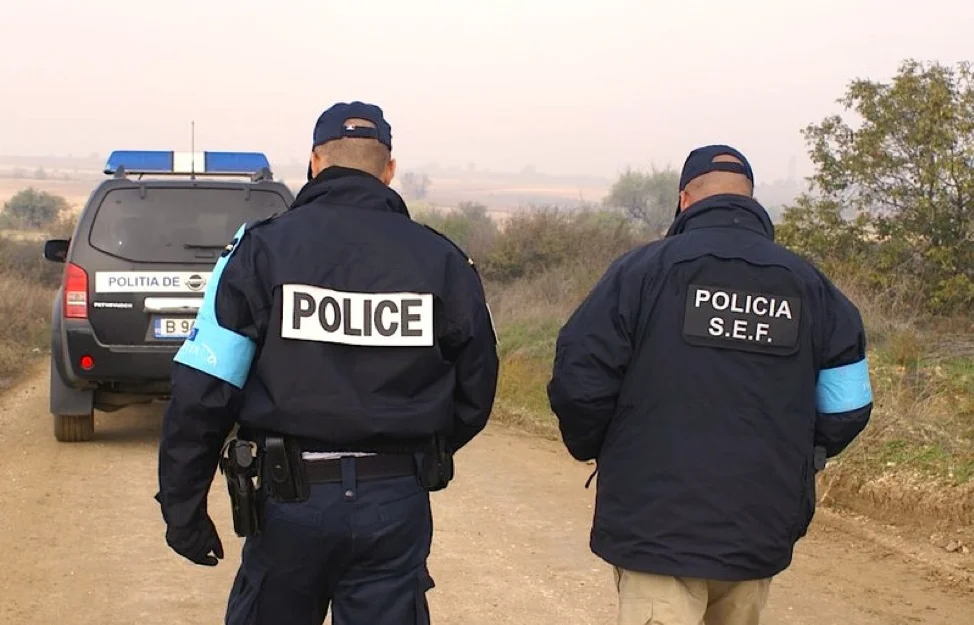Clearly, the migration crisis in Europe has generated fundamental pressures for change.
According to Chloe-Alexandra Laird:
“The migration crises, due to its multiple trigger points, should not be considered as only one crisis but as many that intertwine and currently impedes European progress to move forward.
“The major influx of new migrants from the War Torn Middle East and North Africa originating in 2014, has generated a major blow to the evolutionary process of evolving European integration.
“This is an issue that places into question the borders as well as the security and the composition of Europe as a whole.
“With member states significantly differing on what it means to take responsibility for the influx of migrants that are fleeing war torn countries and are seeking asylum in Europe, migration is a problem that will affect the politics as well as the demographic and composition of Europe for the period ahead.
“In 2015 alone, “one and a quarter million refugees applied for asylum in the Union… twice as many as the year before.”1
“The sheer number of immigrants that flooded European shores overwhelmed European policy makers in Brussels. And the gap between what nations wished to do versus how Brussels sought to manage the overall process is a wide one. Brussels was blind to the “gap between what was administratively possible and what was… politically required.”2
One response has been to strengthen the European border agency, FRONTEX.
Interestingly, a recruitment drive launched last October to fill 700 new border guard positions has seen more than 7,000 Europeans apply, many from a retired military background.
Even more interesting is where these applicants are coming from.
Fabrice Leggeri, the head of the Warsaw-based agency, noted that most applicants are coming from the “new” and southern EU states, as well as from the Nordic EU states.
“To a certain extent there is a prevailing trend that applicants come more from let’s say the new member states or some southern member states or member states where salaries, I would not say that they are low but they are not as high in some other old-founding member states.”
According to Nikolaj Nielsen in an article published on January 20, 2020 in the EUObserver:
“The agency has expanded in leaps and bounds over the past few years with larger budgets, more staff, and greater powers to procure its own equipment for things such as aerial surveillance.
“In 2019, its budget stood at €330m. The European Commission wants this to increase to €420.6m for this year, a hike of 34.6 percent.
“It currently has some 750 people working for it, but Leggeri said the money was needed to pay for its new staff.
“Political masters and law makers at the EU institutions, in early 2019, reached an agreement to boost the agency’s mandate in the wake of a wider shift to clamp down on the EU’s external borders.
“That agreement included creating a standing corps of 10,000 guards by 2027 and dovetailed into an agency that primarily saw itself as doing law enforcement work.”


